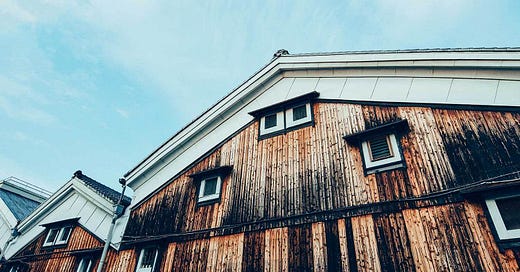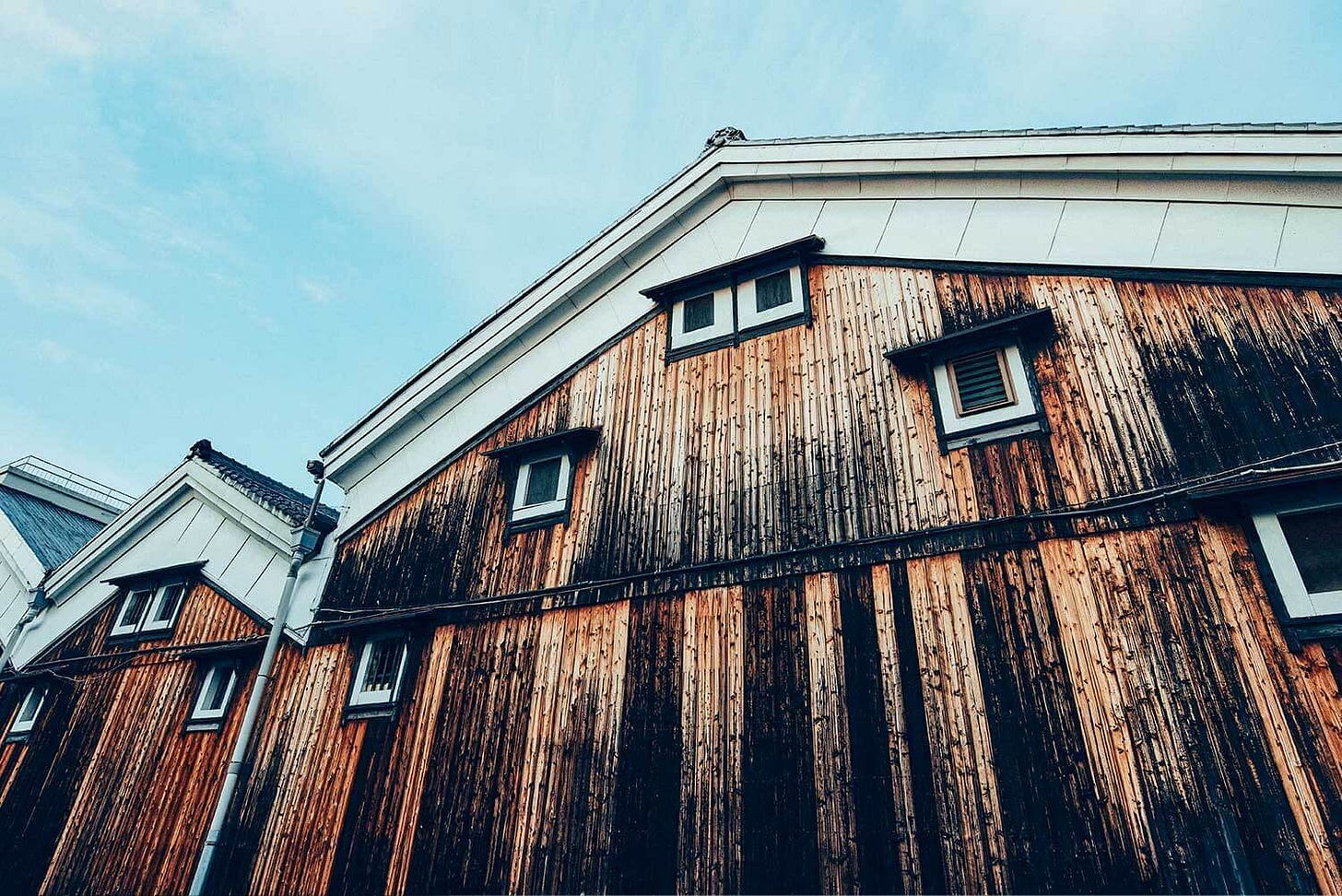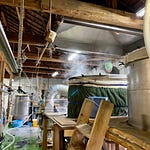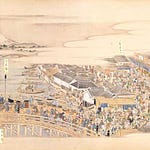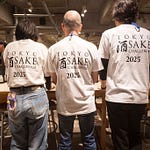Welcome to Issue #124 of SIN.
There’s a chill in the air that says, “Hope you enjoyed those two weeks of autumn, cuz winter is on its way!”
It’s not all bad news though. Chilly weather means better food (oden, anyone?) and of course kanzake. Maybe you’re one of those “warm-sake-all-year-round” kinda folks? Well good for you, but for the rest of us this time of year is when kanzake really starts to come into play.
Are you now wondering if you have the right gear to correctly execute the kanzake procedure? Got your thermometer? Kanzake machine (O-kanki)? A suitable selection of ceramic ochoko? Perhaps some aluminum tōmaki tanpo? Overwhelmed yet?
The good news is you need none of it.
A pot of water and a stove will do the job just fine. And look, honestly, a mug and microwave will get you by in a pinch.
There’s no need to overthink it. We’ve said it before and we’ll keep saying it; Never forgo a sake opportunity just because you think you don’t have the right “gear”.
The sake will do all the heavy lifting. All you need to worry about is enjoying it.
And now, enjoy the news…
Where’s The Good Stuff This Year?
Japan- If you thought discussion of American politics was a minefield, wait until you read the results of Netlabo’s annual survey to see how consumers ranked the 47 prefectures of Japan according to their sake.
Of course, as we always say, these surveys are completely subjective and just a bit of fun - not to be taken too seriously. However they are an interesting window into consumer perception of nihonshu in Japan. Also comparing the results to previous year’s shows that consumer tastes change; it isn't only the usual suspect regions that attract attention. For example, Gunma Prefecture has jumped from no.29 in 2022 to tie with Nagano at no.2, and Tochigi Prefecture rose from no.5 to take the number one position this year. However, to see where some feathers are really going to get ruffled, check the very bottom end of the list…(Okinawa at 36? Kagawa, dead last? A quiet, WTF? And why was Miyazaki left out altogether?)
The top ten came out as follows:
No.10 Ishikawa, No.9 Toyama, No.8 Fukui, No.7 Fukushima , No.6 Akita
No. 5 Yamagata Prefecture
Yamagata boasts Mt. Chokaisa, Mt. Asahiyama, and Mt. Gassan among its abundant water sources that influence the region’s ginjō-strong reputation.
No.4 Niigata Prefecture
Niigata’s soft, low-mineral snow melted water, which plays a large role in the region’s clean, dry sake is still popular with many consumers.
No.2 Gunma Prefecture (tie with Nagano)
High quality rice and pristine water is the secret to the supple taste of Gunma sake. Every brewery in the region is eager to try new styles of unique sake.
No.2 Nagano Prefecture
Nagano has a number of breweries within its mountainous landscape. The rich natural environment is considered key to the fresh, clean sake from the region.
No.1 Tochigi Prefecture (147 votes)
Tochigi’s Nikko Nasu mountain ranges and plentiful water resources such as the Kinu River, Naka River and Watarase River along with a relatively large number of younger toji in the 30-40-year age bracket give the region a combination of environmental riches and youthful exuberance.
Source - Netlab - IT media
JG: Wow. This may be the most interesting such ranking I have ever seen, and one of the most bizarre too. Not to diss the regions that came in near the top, not at all! But the figures of merit seem to be of a fleeting nature, subject to change very soon. I do not think that was the intention behind the concept, but then again, it is in fact supposed to be subjective.
Kyoto Keeping History Alive
Kyoto- Kyoto City has begun accepting tax donations (through the national Hometown Tax system known as Furusato Nōzei) to support a project aiming to revitalize the aging “East Kura” of Tamano Hikari Shuzō into a space where visitors can see and experience the sake brewing process. The project was approved as a cultural asset preservation project based on the significance of preserving “a warehouse where the original landscape of sake brewing still remains.” The donation period is open until February 28, 2025.
The East Kura was built in 1924 and has been used as a facility for storing sake since 1964, when the brewery moved to its current location. The structure has deteriorated noticeably in recent years.
Listen to this episode with a 7-day free trial
Subscribe to Sake Industry News to listen to this post and get 7 days of free access to the full post archives.

